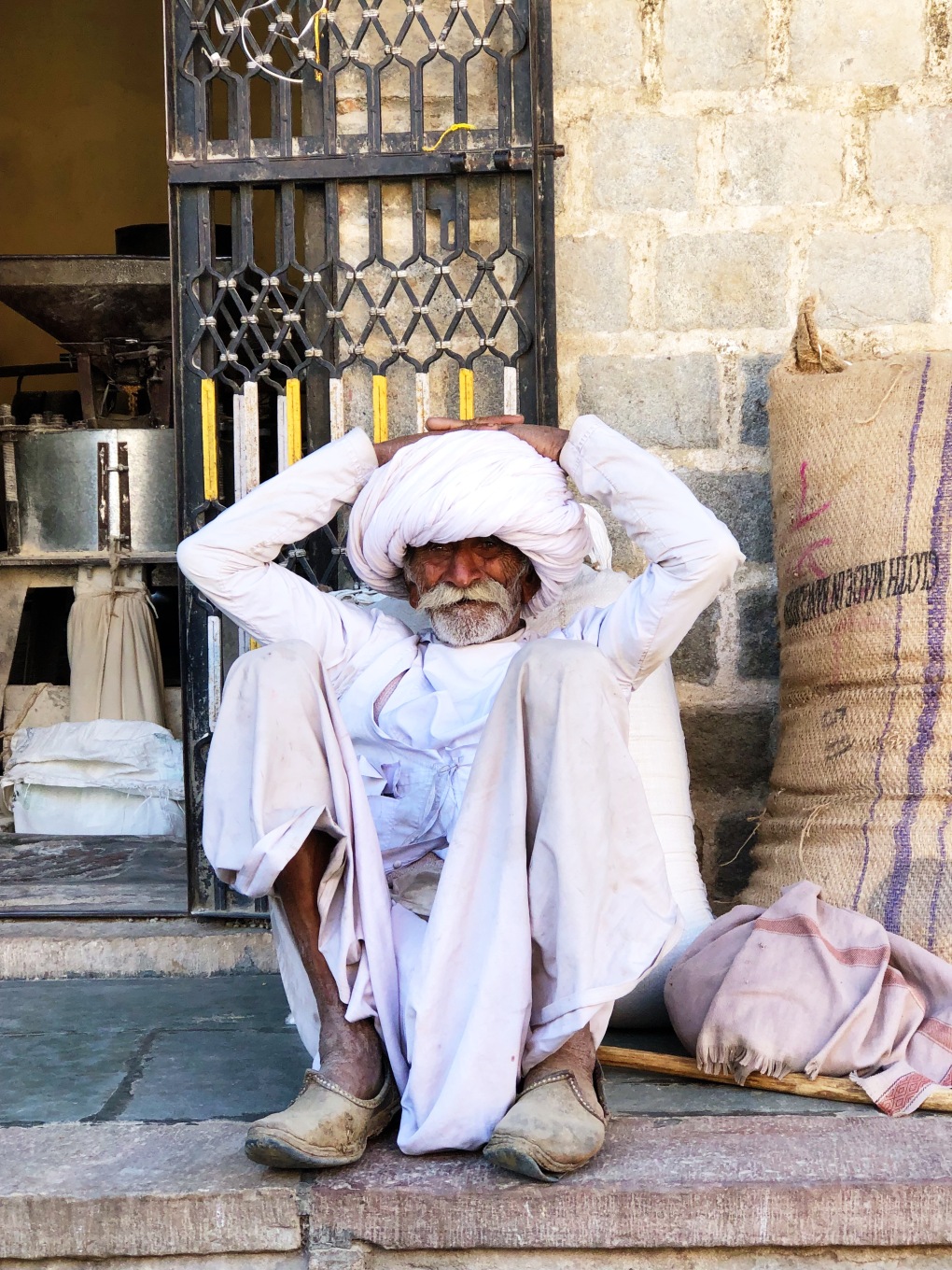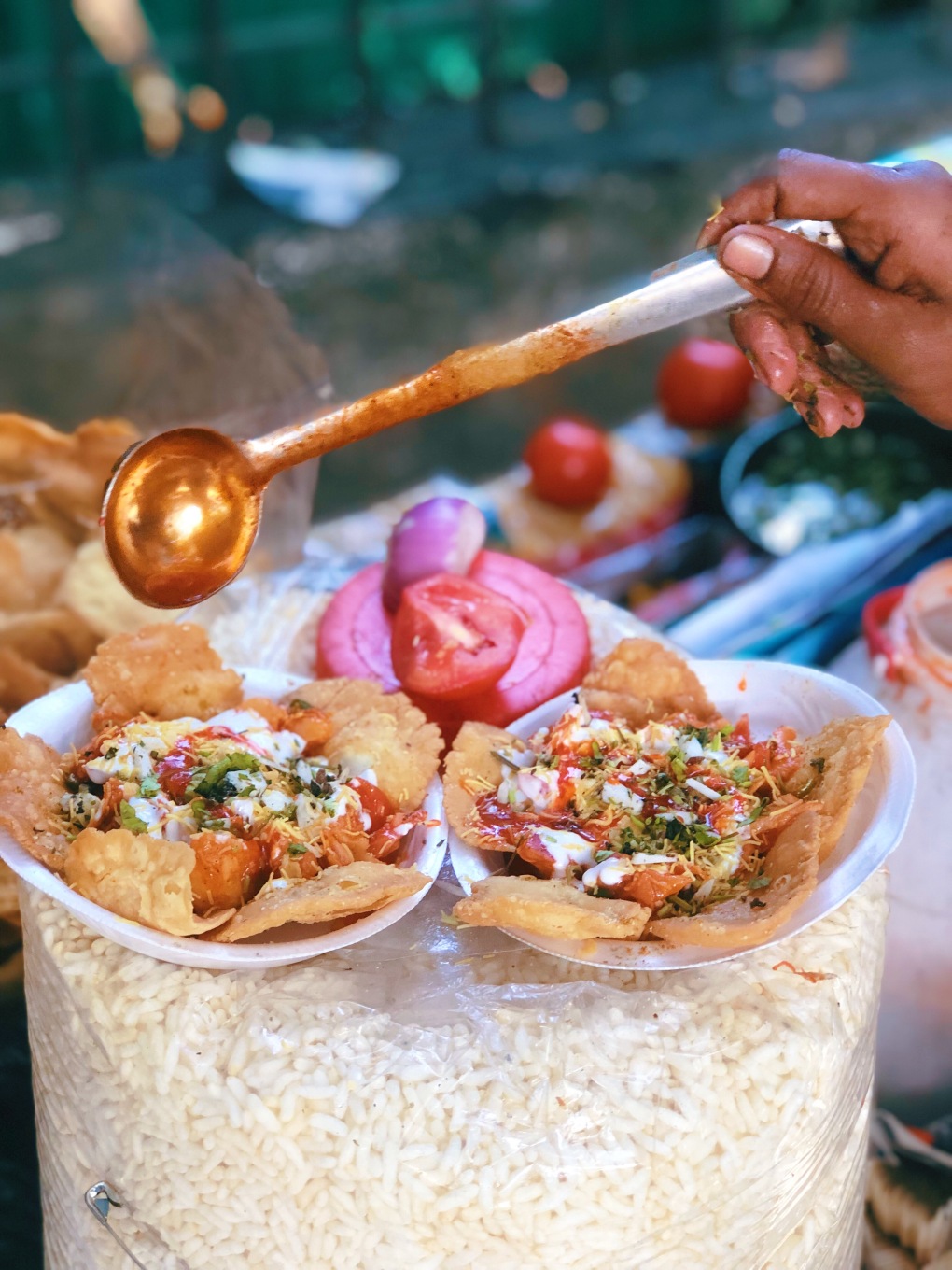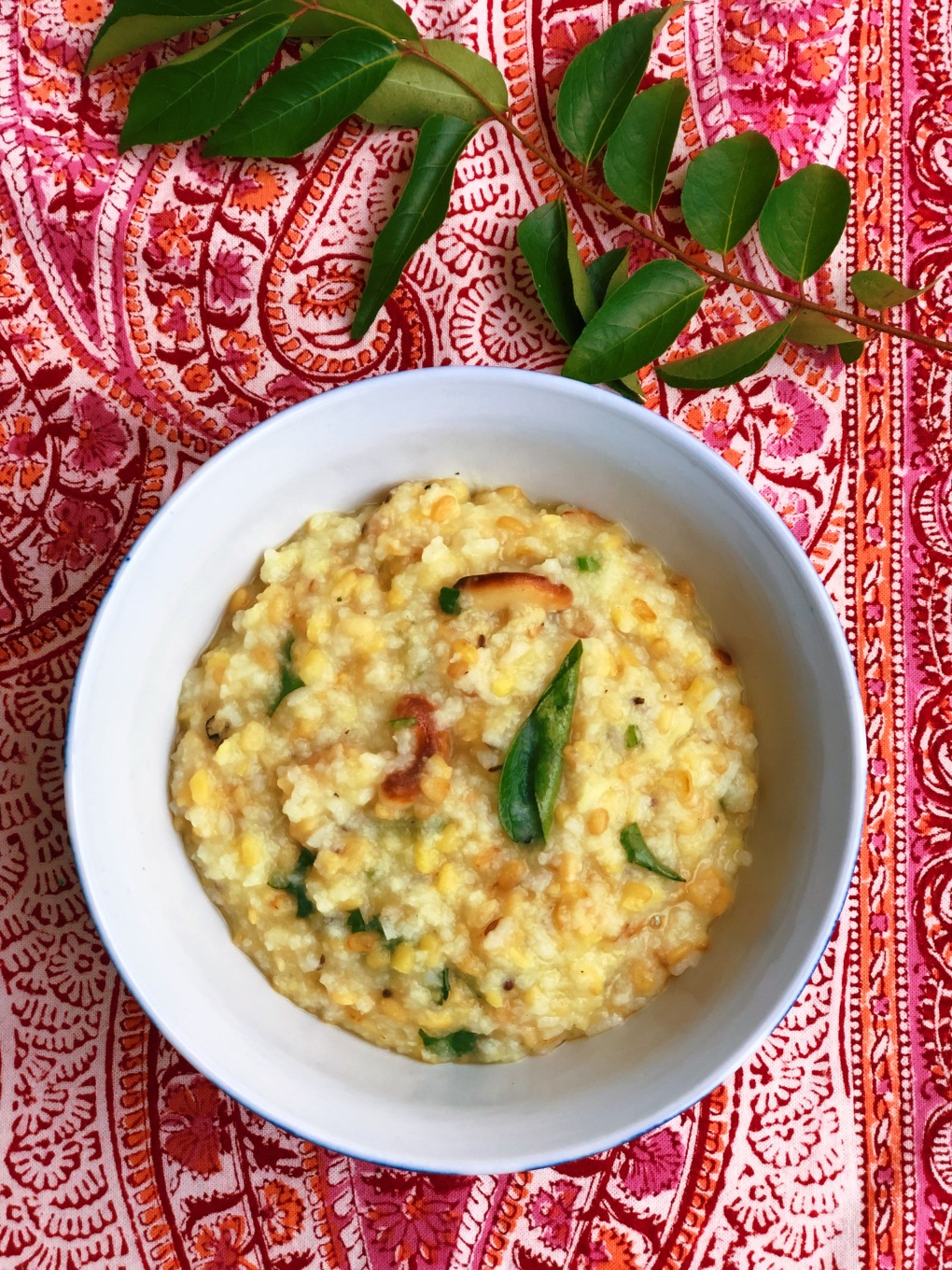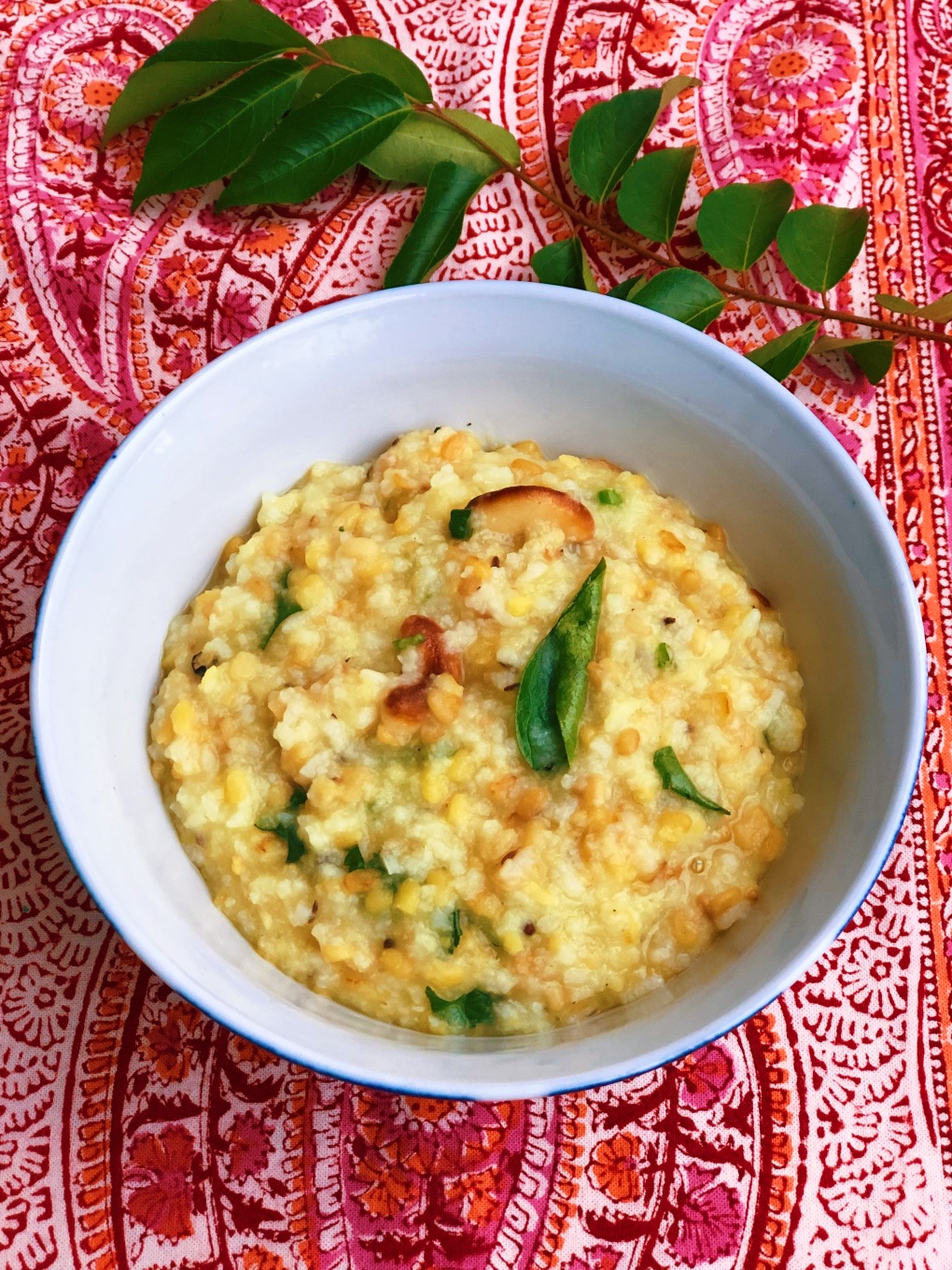
Happy New Year to you all. I have just returned from three glorious weeks in colourful, warm-spirited India (hence my lack of blog posts). I have seen and experienced so much that it feels that I have been away for far longer. I feel uplifted and invigorated and have returned to cold chilly London with a positive outlook and excitement for the year ahead.

If you’ve never been to India then I urge you to go. It’s incredible and, like Africa, seeps into your soul and never leaves you. It’s frenetic, chaotic and providing you leave your Western ways and customs at home, you can acclimatise to the way of life there pretty quickly. It’s crowded, intoxicating and full on, but remember to breath and relax and you will begin to enjoy everything about this magical country. I was pretty active on Instagram so if you are keen to see some of the Indian street life, food and people, then please follow me over there as well. Here are few snaps to whet your appetite.
We spent 9 days in beautiful Kolkata, visiting family and generally relaxing and seeing more of the city. Followed by a two week tour of Rajasthan. I have lots of tips and suggestions on the food front, but I am presently writing an article that I hope to get into one of the magazines or newspapers – so watch this space. The photo of ‘papri chat’ below gives you an idea of how epic the street food is in Kolkata. It is commonly thought of as the street food capital of India.

The best way to get under the skin of any city is to pound the pavements on foot and see everything up close. It’s an overload of the senses and truly engaging. In Kolkata one day, we walked 10km along the Hooghly River – a distributary of the Ganges River – and saw everything from the Mullick Ghat Flower Market, people bathing in the river, a wedding couple, the cremation ghats (I particularly wanted to show my children this, as death is dealt with in very different way in India and it is nothing to be afraid of), the district of Kumortuli Pally – Kolkata’s Potter’s community, to the Marble Palace.
Rajasthan was the second part of our trip and whilst, on paper, the trip sounded rather exhausting, it was in fact not the case. We combined culture and sights with relaxing in beautiful surroundings and meeting the local people. Staying in the Aravalli Hills, in a stunning heritage hotel in a small rural village, was a highlight. It you are planning a trip to Rajasthan, make sure you book a night or two at Rawla Narlai – where you will get to meet this fine gentleman, who I think without doubt has the best attire of any hotel staff I have ever met.

Without overloading you on my first blog post back, let me introduce the recipe that I wanted to show you today. To give you a brief back story, I was poorly for a few days with Delhi belly (not from street food but from a ‘smart’ hotel dinner). After eating next to nothing for a few days I wanted to eat comforting food that would ease me back. At our hotel in Delhi ‘pongal’ was on the breakfast menu. It’s actually a south Indian breakfast originating, I believe from Tamil Nadu. It is often referred to as ven/ghee/kara or milagu pongal but the one in the hotel simple said pongal, so I will go with that. It is made with rice and a small yellow lentil called moong dal – which you can order online from Asian Dukan in the UK. It didn’t look dreadfully appetising, but my goodness it tasted wonderful. A cross between a savoury porridge and dal – not dissimilar to Chinese congee, but in my mind – better.

I have a couple of other tasty Indian breakfast recipes on this blog – Upma and Hoppers or Appam so thought this might be a good one to add to the list. You can make it the night before then leave it in the fridge until morning. Simply add a little boiling water to bring it back to life, and hey presto you have a deliciously subtle and tasty Indian breakfast. It’s also perfectly tasty to eat for lunch too so you can make a batch and eat it as you want over a couple of days.
Pongal
serves 4-6
120g basmati rice
120g yellow moong dal
900ml cold water
1 tbsp ghee (clarified butter)
10 approx cashew nuts
1/2 tsp cumin seeds
1/2 tsp mustard seeds
1/2 tsp roughly broken up black peppercorns
1 tsp grated/chopped fresh ginger
1 stem of fresh curry leaves (Sainsburys now sell them)
1 fresh green chilli, finely chopped, optional
pinch of asafoetida/hing
pinch of turmeric powder, optional
1tsp salt, to taste
handful of freshly chopped coriander, leaves and stems
- This first part is optional, but it gives the dish a slightly more smokey flavour. Dry roast the dal until it begins to bronze slightly. It will take a couple of minutes, but use a wooden spoon to move it around the pan so that it does not burn. You can omit this part and simply go to 2. should you wish.
- Add the rice to the same pan as the dal and place some water in the pan. Move the spoon around the pan then discard the water by gently pouring it out – you don’t need to use a sieve. Repeat twice and then add 900ml cold water.
- Leave to simmer for around 20-25 minutes, by which time the rice and dal will be soft and the water soaked up. If it becomes too dry simply add in a little more water.
- Using a potato masher, mash the rice and dal so that it gets broken up and more ‘mash’ like in appearance. Place to one side whilst you do the next steps.
- Using a frying pan, add the ghee. Once it has melted add the cashew nuts and gently move around the pan for 30 seconds before adding the cumin and mustard seeds, black pepper. They will begin to pop, so make sure that your heat is on low.
- Now add the fresh ginger, turmeric (optional), asafoetida, curry leaves and green chilli (optional). Move around the pan for 20 seconds or so and then add the contents of the pan into the rice and dal mixture.
- Move around the pan and add salt to taste. Add more water if necessary. Check to taste and heat up again if necessary. Add some freshly chopped coriander and serve.
With these cold, dark mornings we are having in the UK, what better way to start the day than with some delicate spices in a comforting bowl of Indian pongal.
More exciting Indian recipes and photos next week. Have a good weekend in the meantime.






































